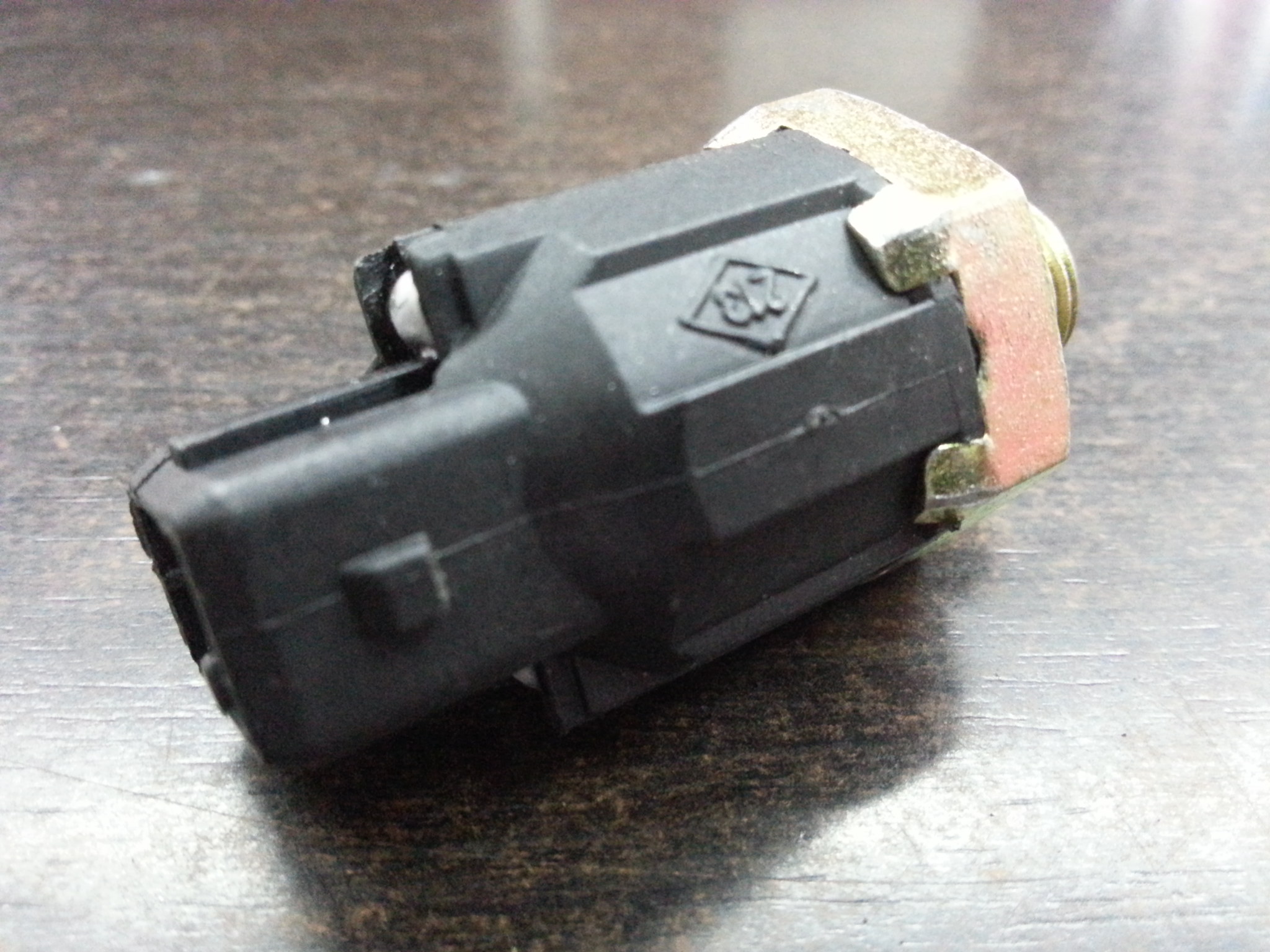
Knock sensor code#
When you have a code P0325, it means that your Engine Control Module (ECM) is getting readings from the knock sensor that is far outside of the normal range. OBD-II Trouble Code P0325 Description Knock Sensor Malfunction (Sensor 1 or Bank 1) Because while it’s a serious condition, it’s usually pretty easy to fix.

If after using your OBD2 scanner you learn that you have a P0325 engine code, that’s exactly what can happen if you keep driving.īut before your heart comes plummeting out of your chest, keep reading to find out exactly what’s causing your engine code. Looking for a good online repair manual? Click Here for the 5 best options. But when it does happen, you need to quickly figure out what’s going on to make sure that you’re not going to cause any further damage by ignoring it. This article was updated on 13 th February, 2020.The last thing you want to see when you’re driving down the road is the dreaded check engine light. TechOne: Basic Automotive Service and Maintenance. Hillier’s Fundamentals of Automotive Electronics. By applying an electrical current across a pair of spark plugs during the ignition of an engine, a change in the conduction of the voltage can be used to measure the status of the combustion. Imagine a spark during combustion, the product of combustion (i.e., the burning mixture) converts the fuel and air into power to control the engine. Ion-sensing method requires a spark plug. Yet, ever since it was reintroduced by BMW in 2005 a similar system has also been used by brands such as Ferrari, Honda, and Mercedes-Benz. This method is still novel to the vehicle sector and is not typically used on a wider scale in vehicle engines. Detection of vibrations from a microphone is followed by an electrical signal to the engine control unit (ECU) to prepare the unit for a knock during combustion.Ī relatively novel method for detecting a knock in an engine is known as ion sensing and works without the use of a sensor. The device is a small microphone positioned against a cylinder block and detects vibrations whilst the engine runs. Plans of future engine management systems promote the idea of allowing the engine to run close to detonation, because this method gives the engine better control force and is more economical.Īn acoustic sensor is often used as a knock sensor in vehicle engines. As mentioned previously, ignition timing is manipulated by a knock sensor. Knocks to the engine can be caused by a number of reasons including overheating of the engine and poor fuel quality. The main purpose of a knock sensor is to reduce the power of the ignition system and therefore inhibit any damage to the engine. Yet, the main type of knock sensors discussed in this article are the piezoelectric sensors. There are a number of knock sensors that can be used to detect a knock during combustion. Knock Sensor Operation Play Types of Knock Sensors As demonstrated in figure 1, the knock sensor is made up of piezocrystals (piezoelectric elements), a shunt resistor and a thread at one end of the knock sensor, which allows for the device to be threaded into the block near the pistons. Figure 1 below illustrates the basic structure of a knock sensor. The piezoelectric element inside the knock sensor is tuned to detect the engine knock/detonation frequency. A working principle to piezoelectric elements involves the transmission of an electrical current in response to detecting a change in pressure or vibration by these elements. The knock sensor is made up of a piezoelectric element.

There the change in vibration to the voltage signal alters the timing adjustments on the ignition. This sensor works by changing the vibration to an electrical signal, which is then transmitted to the computer controlling the ignition system. Every vehicle is fixed with a knock sensor in order for the control unit to the ignition system to anticipate a knock or detonation.Īny knock to an engine manifests as a small vibration that is detected by the knock sensor. During combustion, if there is a knock, the computer connected to the ignition system will limit the spark advance to prevent detonation from occurring. The ignition system to a vehicle is controlled by a computer that determines whether the engine timing is likely to cause a knock or detonation.


 0 kommentar(er)
0 kommentar(er)
